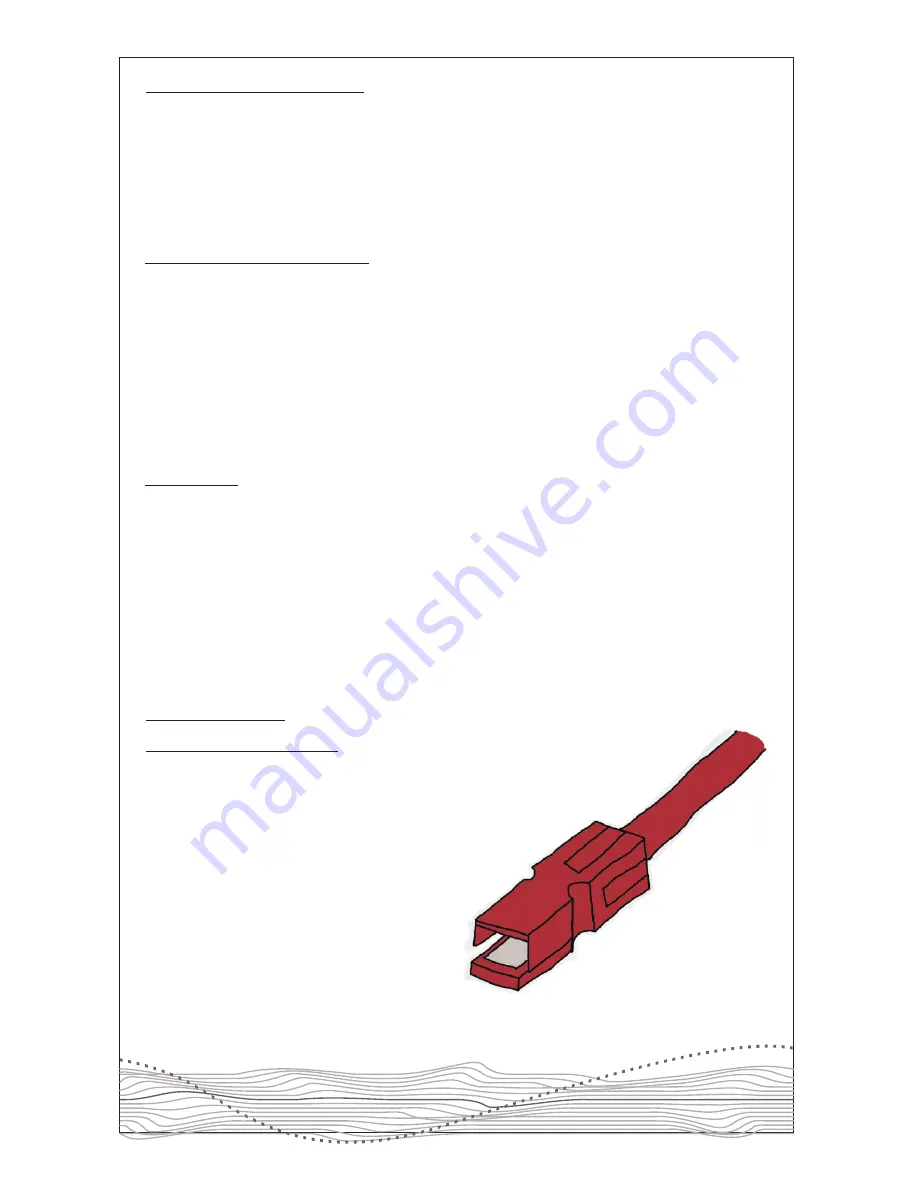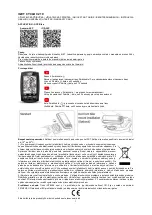
10
Inside the motor controller are a number of small electronic components called MOSFETs
(an acronym for
metal-oxide-semiconductor field-effect transistor
but don't worry about
that too much right now!). Put very simply, these MOSFETs inside the motor controller act
as switches and turn on and off incredibly quickly to regulate the current the motor
receives at any given time. In high power ebike applications you'll often hear of "blown
MOSFETs" - this just means that the switching at high power levels became too stressful
for the MOSFETs and they became damaged.
MOSFETs:
Now that we know what a hall sensor is, we know what it meant by a sensored controller:
one which uses the hall sensors inside the motor to figure out how to power the motor. A
sensorless controller does not have the extra help and this is why it can be a little stuttery
at low speeds until the motor starts spinning fast enough to generate a voltage for the
controller to interpret.
Sensored Vs Sensorless:
Shunt / Shunt Resistance:
In order to determine the amount of current (amps) flowing in a circuit something called a
shunt resistor is normally used. In most motor controllers there is a small shunt resistor
on the circuit board that we know the resistance of and by measuring the voltage drop
over this piece of material we can determine the current flowing from the battery. This is
why it's important to make sure you calibrate the Cycle Analyst to the controller you use
as an incorrect value will cause the Cycle Analyst to misread the current that is flowing,
and therefore provide an erroneous value for the amp-hours used from the battery.
Miscellaneous:
Anderson Connectors:
Anderson connectors are normally found on
wires that carry larger currents - such as
those that supply the power from the motor
controller to the motor and from the battery to
the motor controller. They are gender-less -
you just rotate them 180° if you need to
connect them together.





























